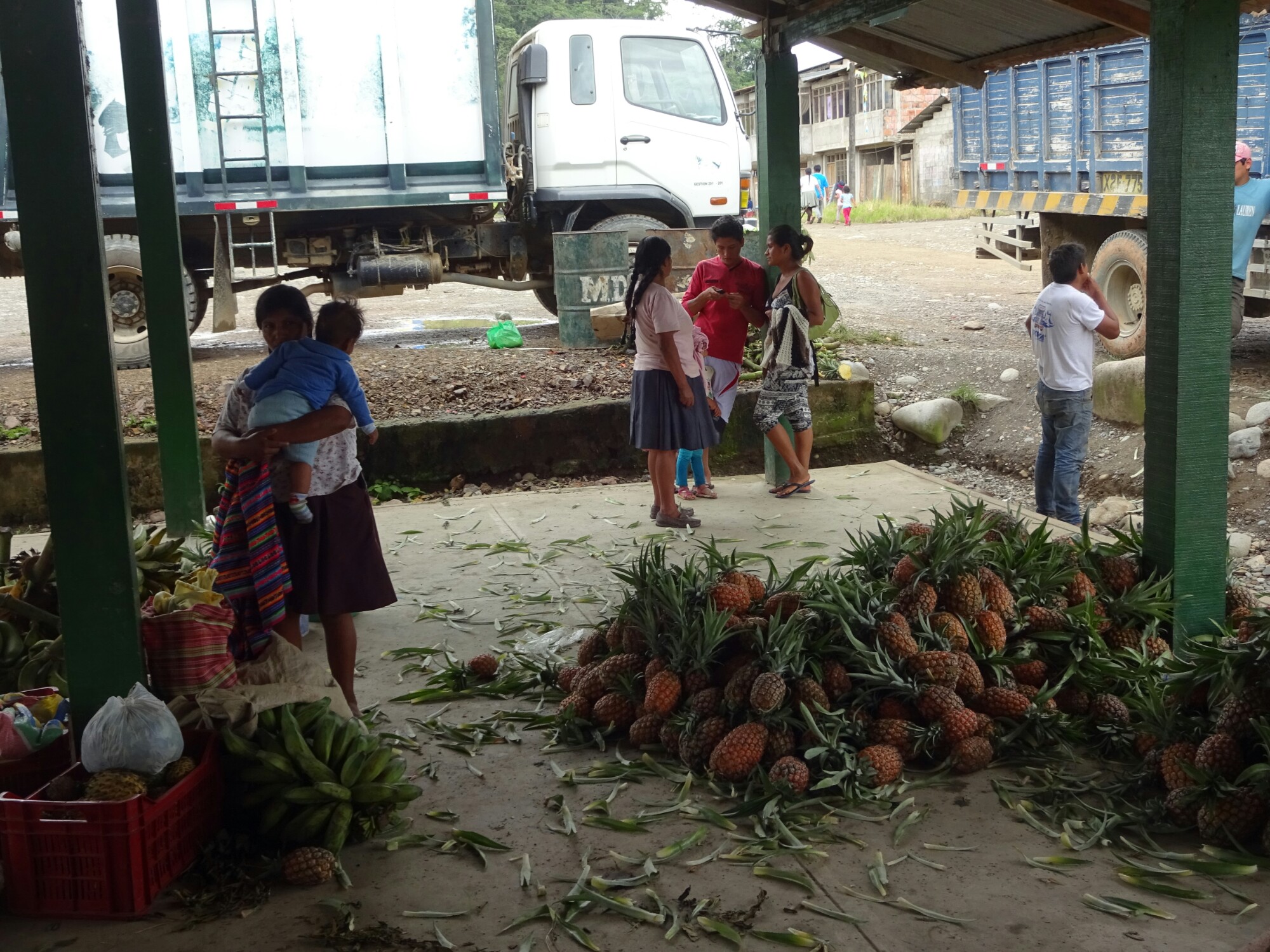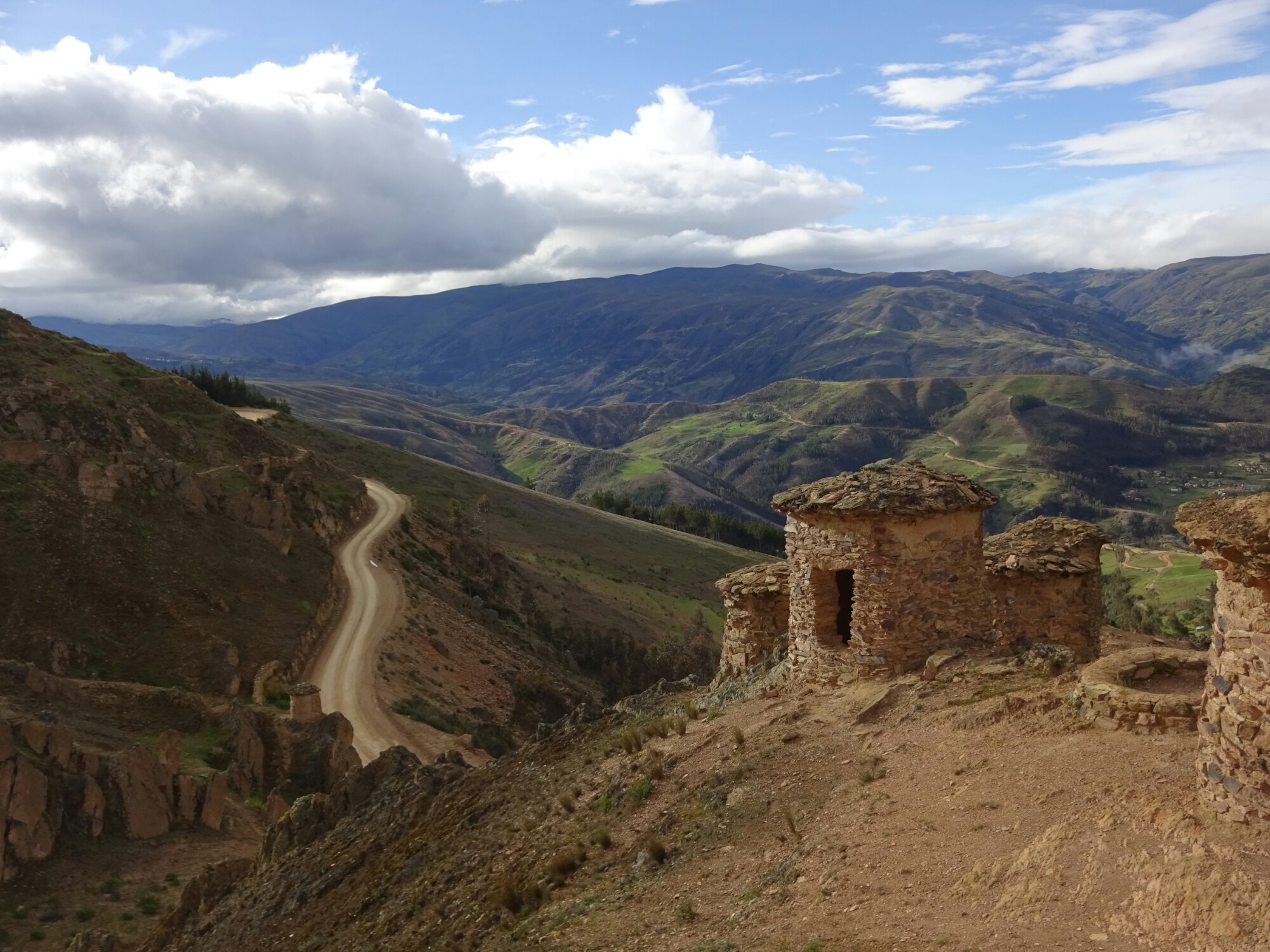After two days of resting I decided to go on my next adventure – a four day trip Manu National Park, located on the other side of the Andes mountains. Nik didn’t join the tour, because he had to sort out some issues with his company, as he was trying to quit his job. We had one more beer together and toasted to our last two weeks of exciting travels, before I had to go to sleep, as I got picked up early in the morning once again.

This time the group was very mixed: There were Denisa and Casuelo, two Dutch girls, who were only with us for the first day, as they had booked a tour that would take them even deeper into the jungle, Esteve from Australia, Charlie and Luise from France and Gary and Sharon from Canada. After a quick stop to pick up some rubber boots and during a late breakfast stop we had some time to get to know each other more.
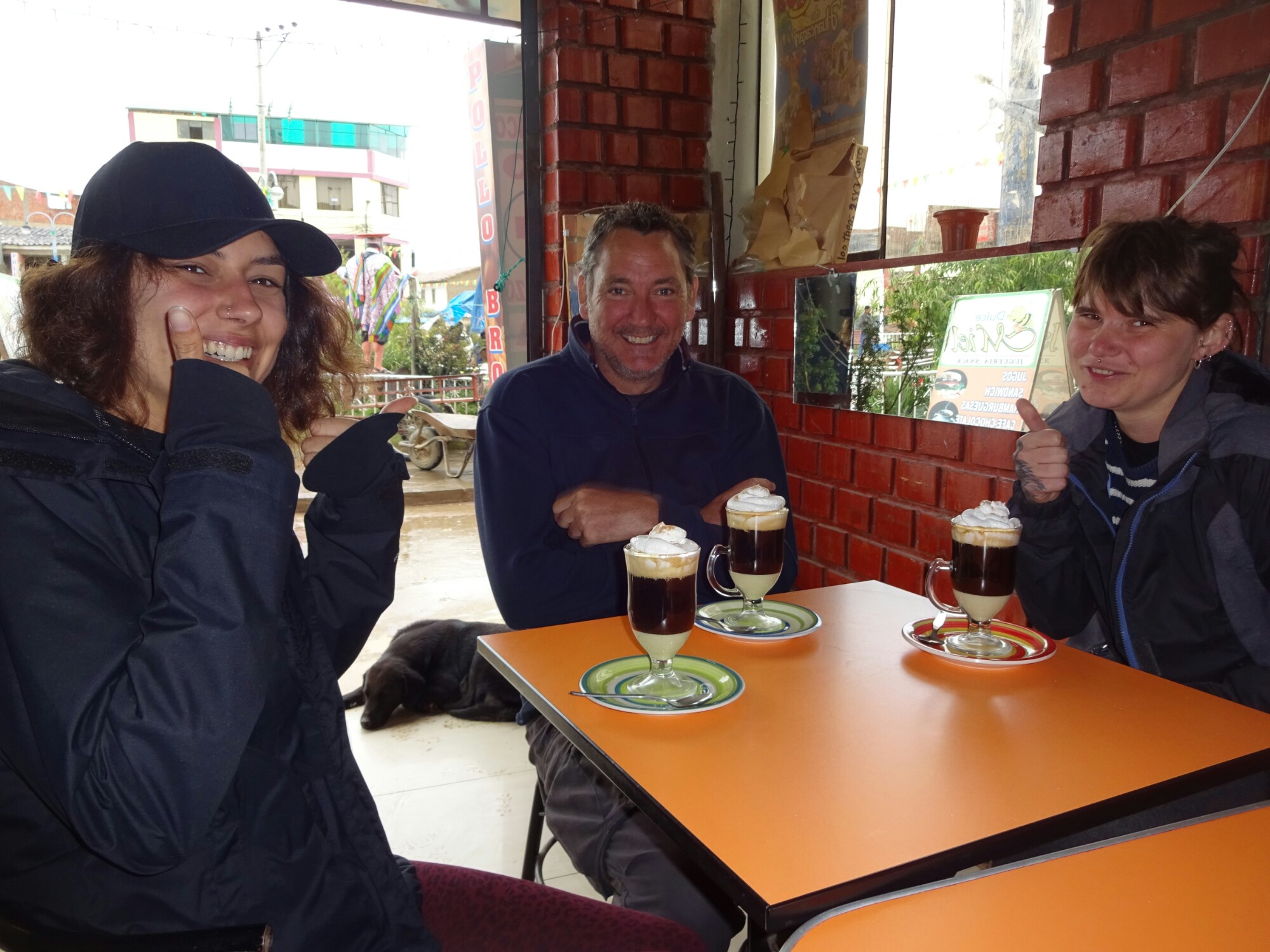
In Paucartambo we picked up some head lamps, because our lodge would be without electricity after the generator is turned off. Additionally we would need to pay attention for snakes and other wild animals while walking outside after dark. During a quick visit to the local museum we learned a bit about the National Park and about the local festival of the “Virgen del Carmen”, a colorful celebration in mid July that draws thousands of people each year to the village.
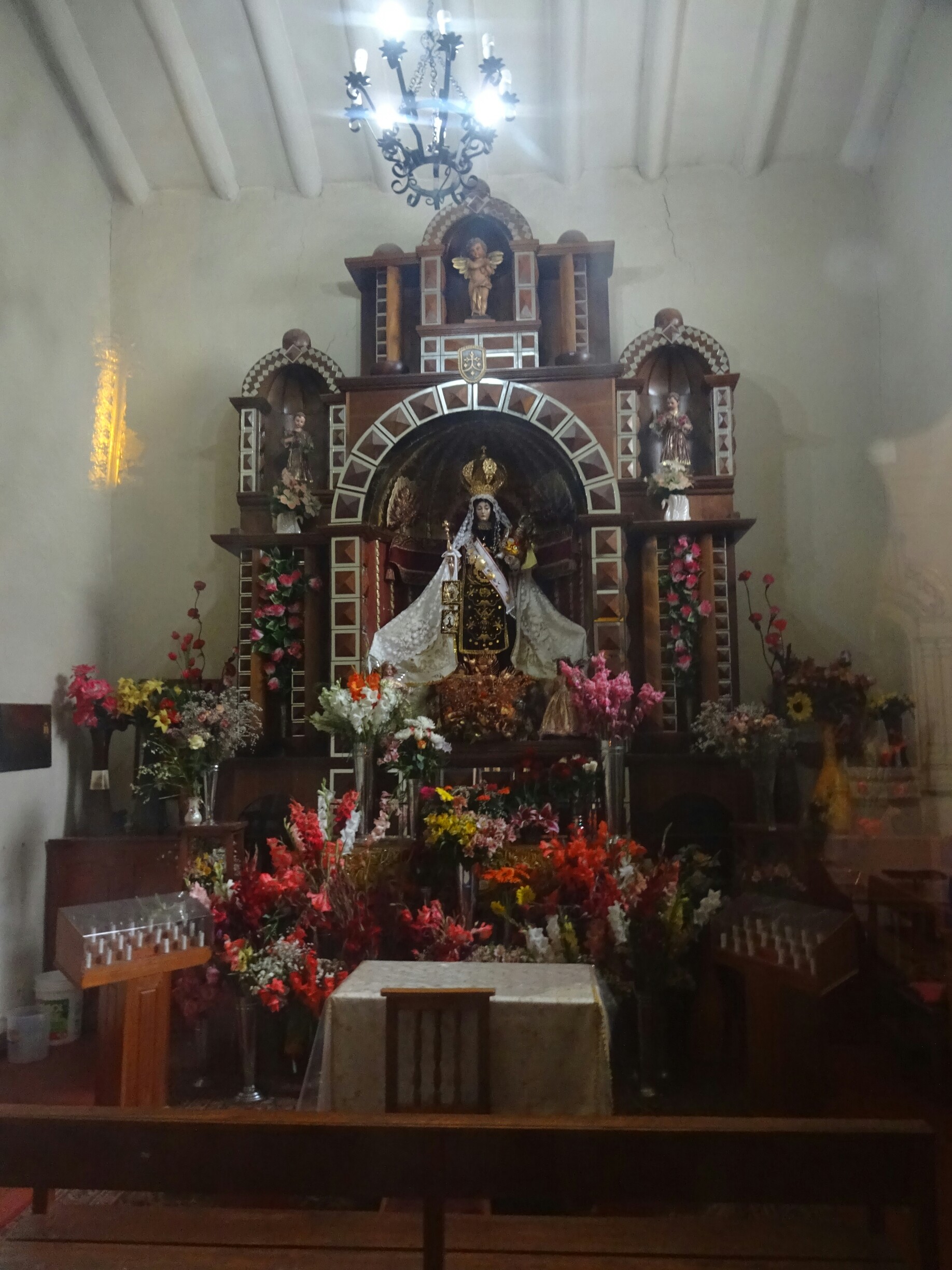

A little further down the road we entered Manu National Park at over 3500 m, one of the highest points of the park. The vegetation changed quickly from deserted rocky slopes to a lush green rainforest as we descended through the “cloud forest”. Here, we in constant search for the “Cock of the rock”, in bright red and black, which is Peru’s national bird. In the end found it somewhere along the road along with several other bird species.


We spent the night in Pillcopata and continued the next morning. This time we exchanged the van for our hiking boots and discovered more birds, monkeys and different tropical plants. Our guide Lucho pointed them out to us and explained their different medical properties that are known to the indigenous population. Afterwards we visited an animal rescue center, where different wild animals are taken care of until they decide to move on.

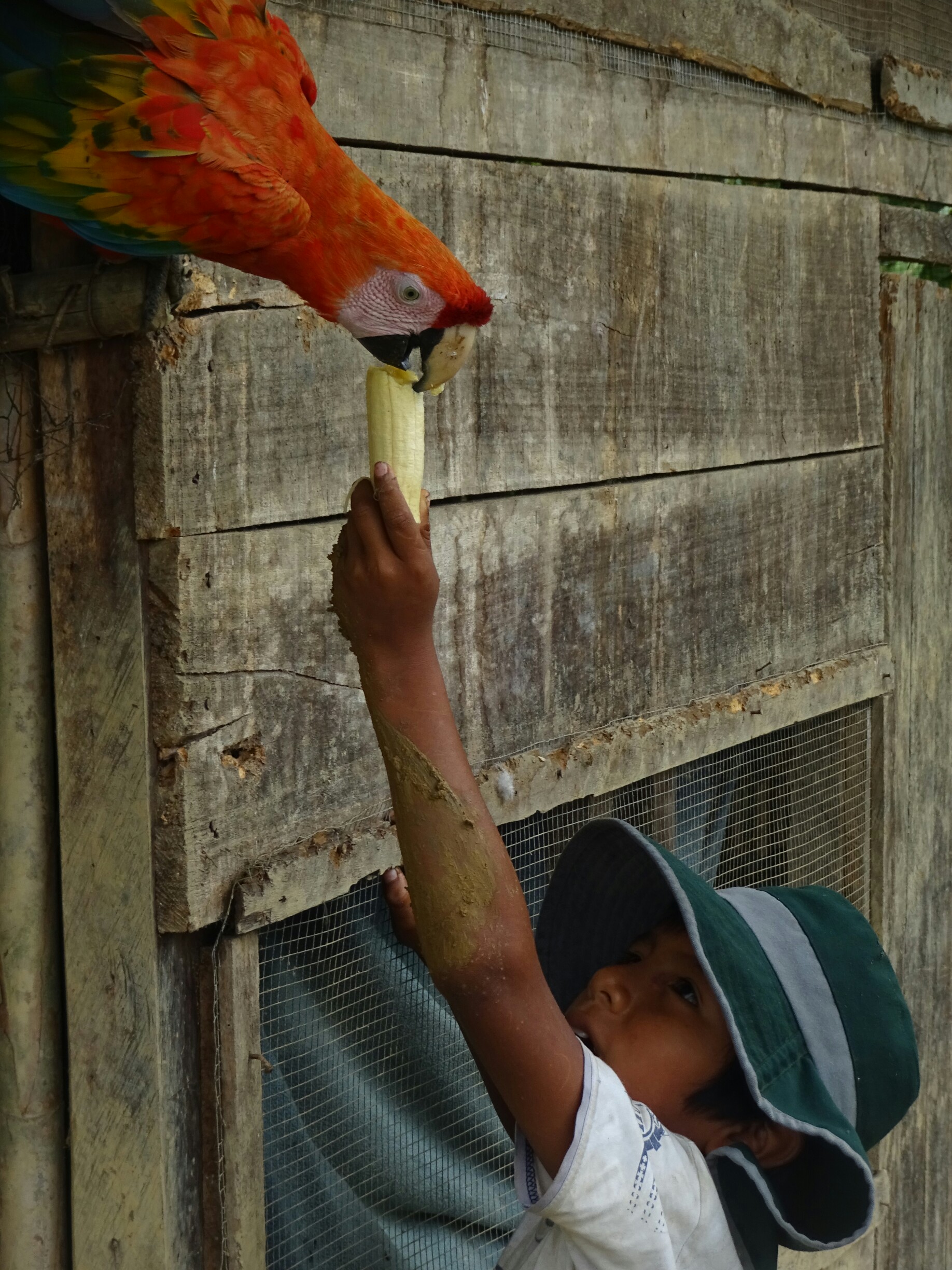
After a short boat passage on the massive “Rio alto de Madre Dios” we reached our eco-lodge, which would be our home for the next two days. It lies a bit elevated to protect it from flooding, giving it a magnificent view of the river valley. Here, we said goodbye to the Dutch girls and Lucho, who would be the guide for the rest of their tour. And while Barbie, our excellent cook, prepared a full lunch buffet for us, we had some time to gather energy for our afternoon expedition.


In the afternoon we crossed the river and found ourselves in the middle of a papaya plantation. The riverbed is considered no man’s land, so anyone can come and built a plantation here, because the course of the river may change next year, destroying the whole plantation. And this is how the trails looked like – flooded and overgrown, so that Darwin, our new guide for the rest of the trip, had to make good use of his machete. It was definitely an adventure in itself.
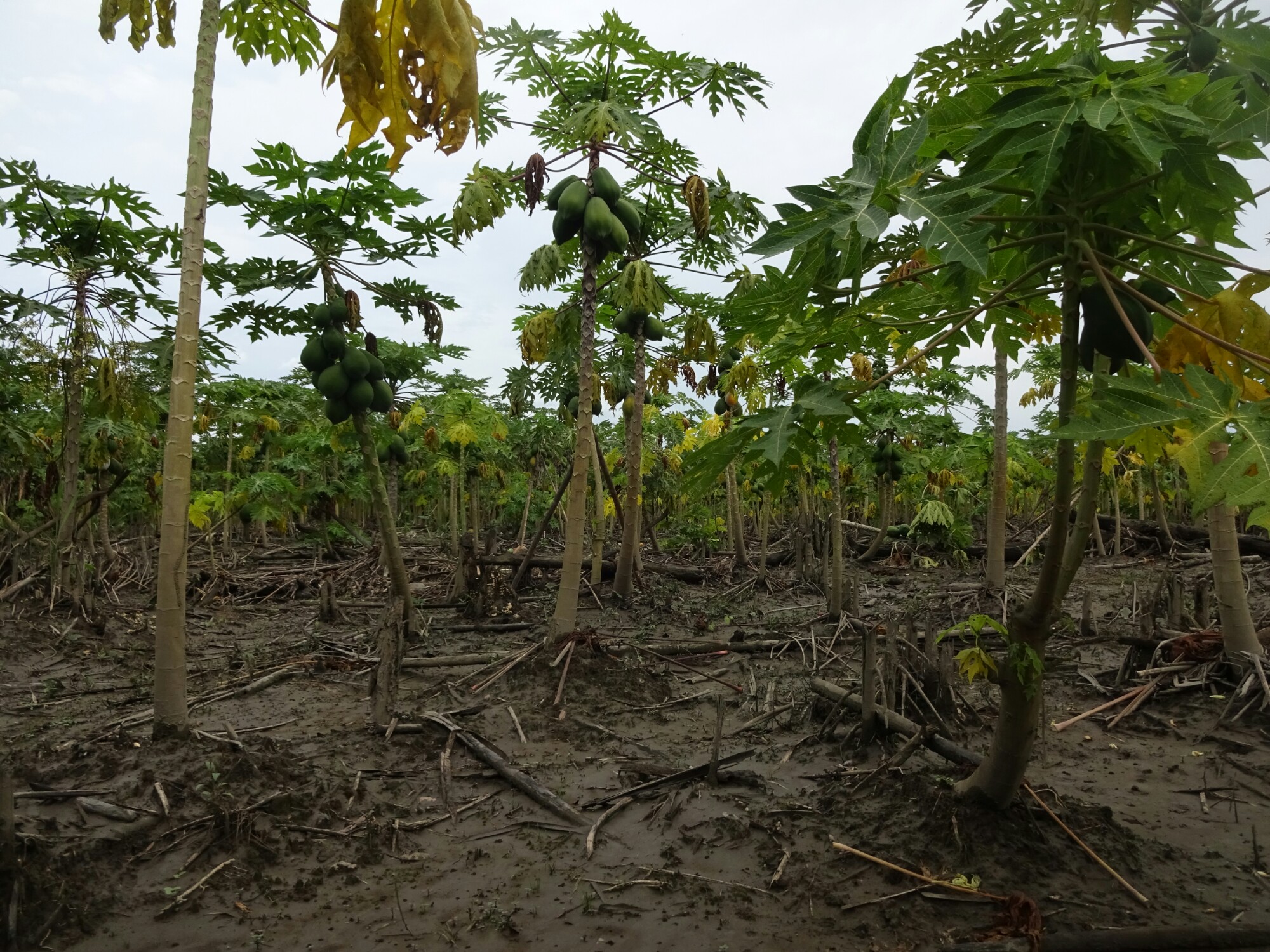

After dark we set off again, this time to discover the creatures of the night. In the light of our torches, we explored the vicinity of a more beaten path and found owls, night monkeys, crabs, spiders and other insects. The most interesting animals were a tiny, blue and red poisonous frog and a cricket, which was being eaten from the inside out by some sort of fungus that takes control of the body.


Early the next morning we left to watch “blue headed parrots” and “blue and yellow macaws”, who come to a clay-lick by the river to obtain different minerals important for their diet. After breakfast we went for another walk in the woods, this time the path was not as overgrown, allowing Darwin to explain us more about different plants and animals. We had the chance to try termites or swing across the forest floor like Tarzan.


Another time we went to a little lagoon, which was a disconnected part of the river. It was almost fully overgrown, but a perfect place to watch some more birds. We took a little raft to the other side, where a little observation tower allowed for an even better view. It was really nice, by the end of the day we were so tired and exhausted that nobody felt like going on another night walk.
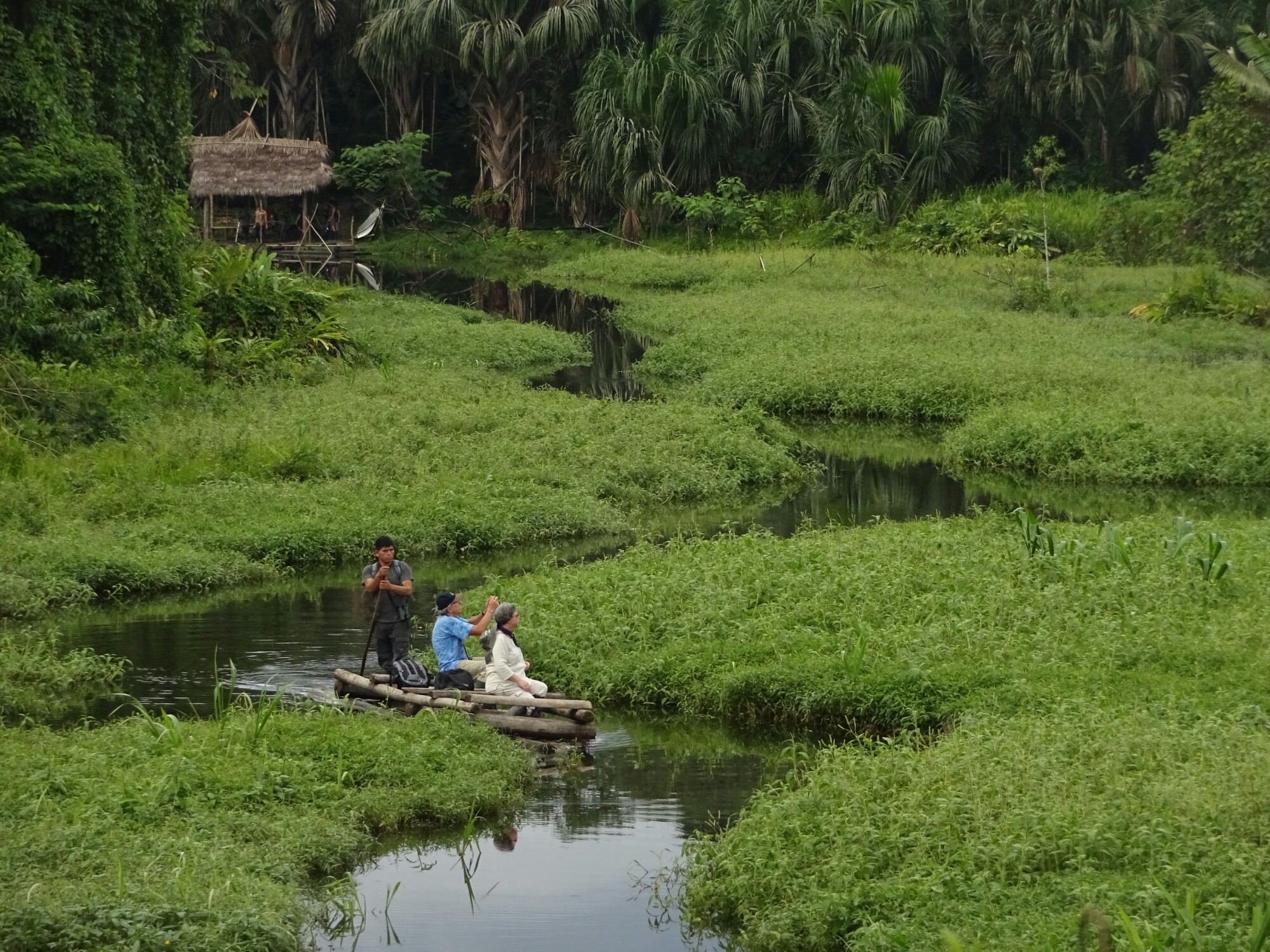

The last day was needed for the long journey back to Cusco. Along the way we stopped once in Pillcopata for the market, where Darwin bought his weekly supply of pineapple, oranges and yucca. Another stop was made for the funeral towers of Ninamarca, which were by a pre-Inca culture: Either by indigenous people close to Puno, as they had similar towers. Or they were constructed by an unknown and forgotten culture, as the walk from Puno took about three weeks.
